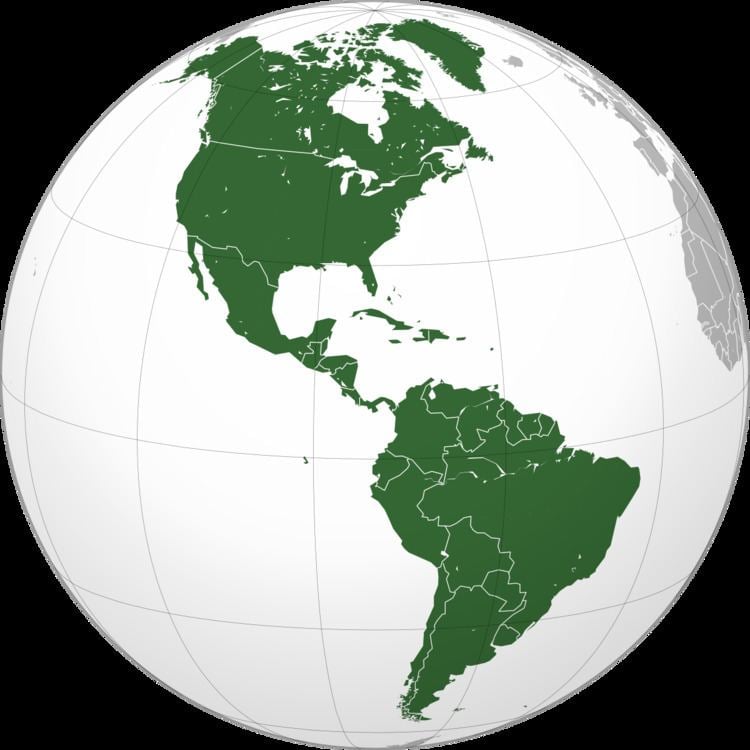This is a list of cuisines of the Americas. A cuisine is a characteristic style of cooking practices and traditions, often associated with a specific culture. The cuisines found across North and South America are based on the cuisines of the countries from which the immigrant peoples came, primarily Europe. However, the traditional European cuisine has been adapted by the addition of many local ingredients, and many techniques have been added to the tradition as well.
(Text) CC BY-SA

